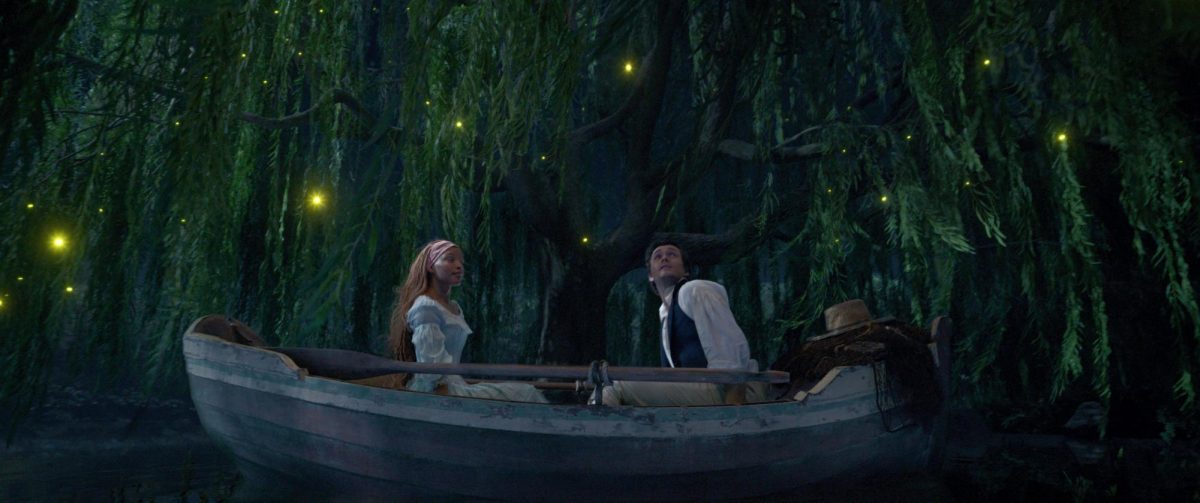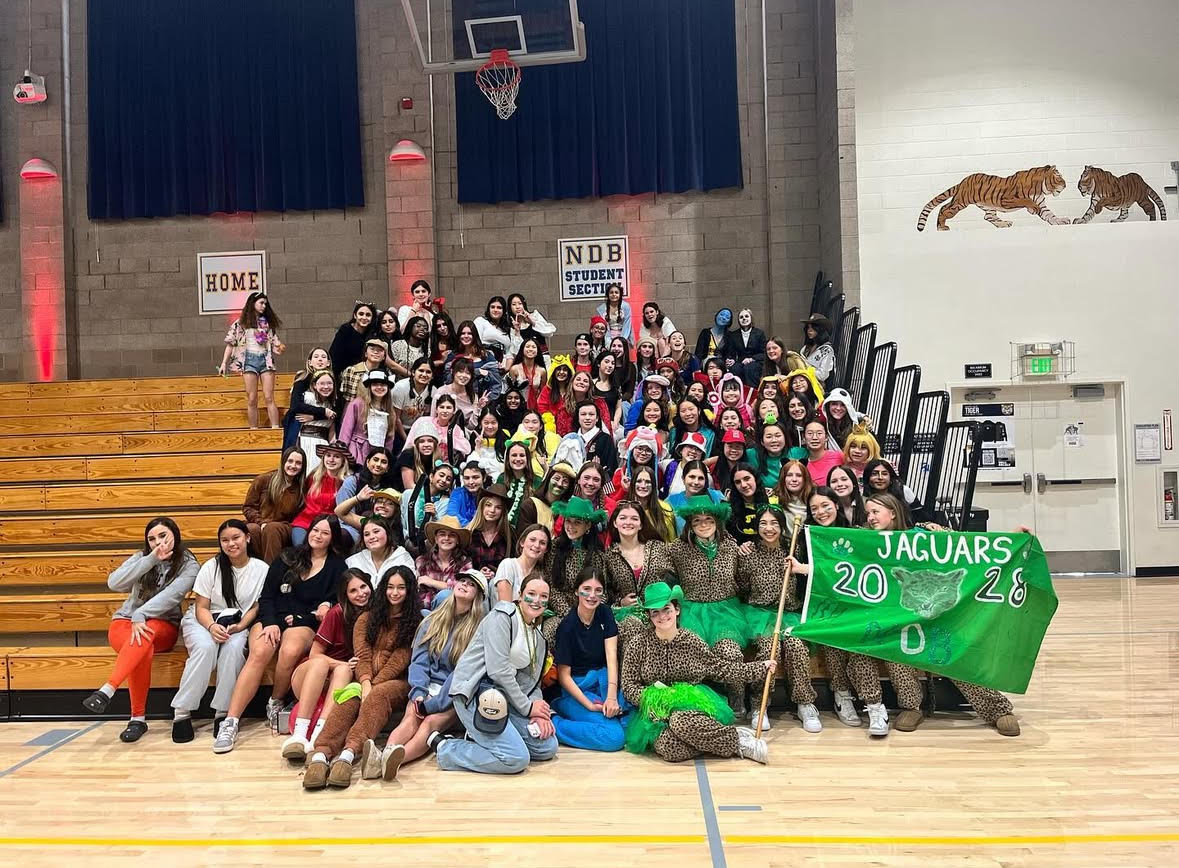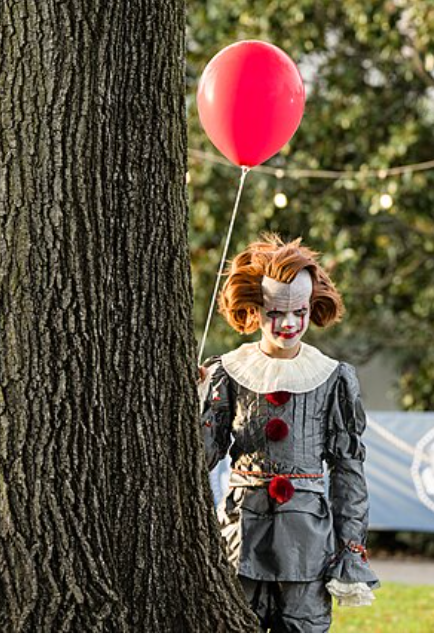“Diversity, equity and inclusion.”
These three words have been becoming more common in recent years, especially when it comes to Hollywood. Walt Disney Productions, a leading corporation in the film and entertainment industry, is a prime example of a huge brand making great strides toward making the industry more accessible for minorities and more diverse as a whole.
But what happens when this push for diversity ends up harming the minority they are trying to represent?
Disney’s steps towards maximizing diversity in their most recent films have only ended up perpetuating tokenism and surface-level representation – a massive step back for these marginalized groups.
One of the most recent and controversial live-action Disney remakes was “The Little Mermaid,” with many people taking issue with the casting choices. The film, released in 2023, aimed to feature “diverse” characters, even though the original did not.
The movie faced huge backlash when it was announced that Halle Bailey, a Black woman, would be portraying Ariel. These critiques mostly stemmed from the fact that Ariel, being an original character from Danish folklore, had originally been portrayed as light-skinned and red-headed in the animated version from 1989.
Additionally, Ariel’s sisters were all cast as completely different ethnicities from each other, from a Latina mermaid to an Asian one. The actresses had all obviously been chosen to check a box instead of portraying authentic ethnic characters, and it was apparent to the audience.
One internet review read, “It more seemed like we were watching a movie about a different mermaid, which is honestly what I wish Disney did instead. There is no reason to shove this wokeness down all of our throats just to have ‘more representation’ or to be more inclusive. If Disney truly cared about our black brothers and sisters, they could have made a new movie that originated from an African folktale that had a black main protagonist instead of giving them the leftover scraps.”
While Disney’s DEI efforts seemingly stem from the best of intentions, they can end up only resulting in obvious “token minority characters,” as shown from “The Little Mermaid’s” cast. This tokenism is incredibly harmful to groups that are typically given very few opportunities in Hollywood to shine. Films that portray minorities in such a way can perpetuate negative stereotypes and ignore deeper issues of representation in the entertainment industry.
Instead of simply changing an established character’s skin color like they did with Ariel, Disney should invest in telling original stories rooted in a range of countries and cultures.
This is not to say that Disney has not released movies that are more authentic portrayals of a minority group or individual. Newer films such as “Encanto” and “Coco” were not only commercial successes, but also all spotlight diverse stars and characters throughout. These movies show that it is absolutely possible to create well-made, thought out characters from all different backgrounds and cultures. Older movies, such as “The Princess and the Frog,” “Mulan” and “Moana” also provide opportunities for their culturally diverse leads to shine.
Making Disney films, as well as the rest of the film industry, more diverse is not going to be accomplished simply swapping out Caucasian characters for minority ones. All cultures deserve to have fresh, new movies that spotlight all different races, ethnicities, genders and backgrounds. Inserting token minority characters into classic Disney films is simply a cheap way for corporations to feign “diversity, equity and inclusion” values, instead of truly taking the time and resources to tell stories that represent everyone. Disney’s surface-level approach to diversification may inadvertently harm the very communities it seeks to empower.











asian • May 15, 2025 at 6:08 pm
Don’t force tokenism on the whole world! Changing a character’s race just for sales, when it doesn’t even fit the work, is no different from whitewashing.